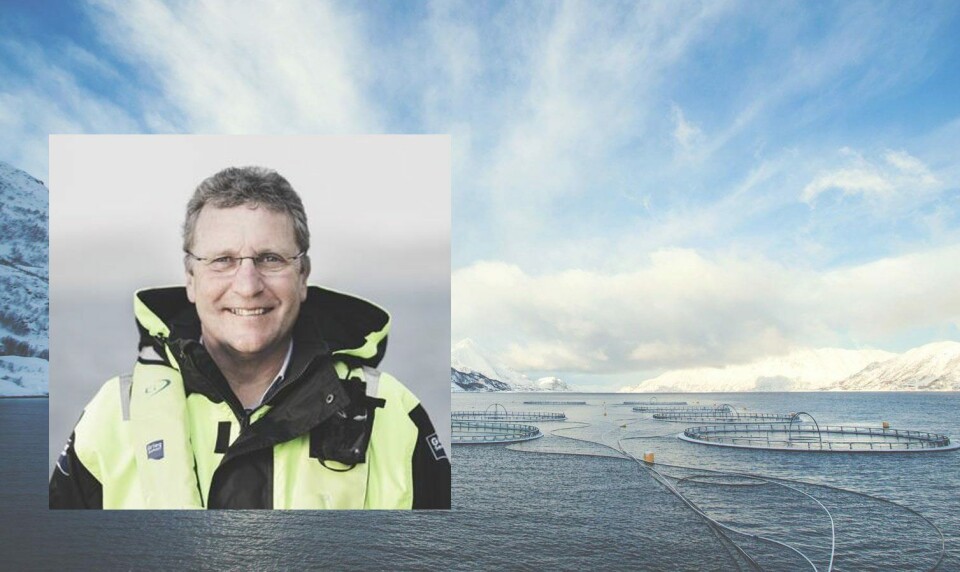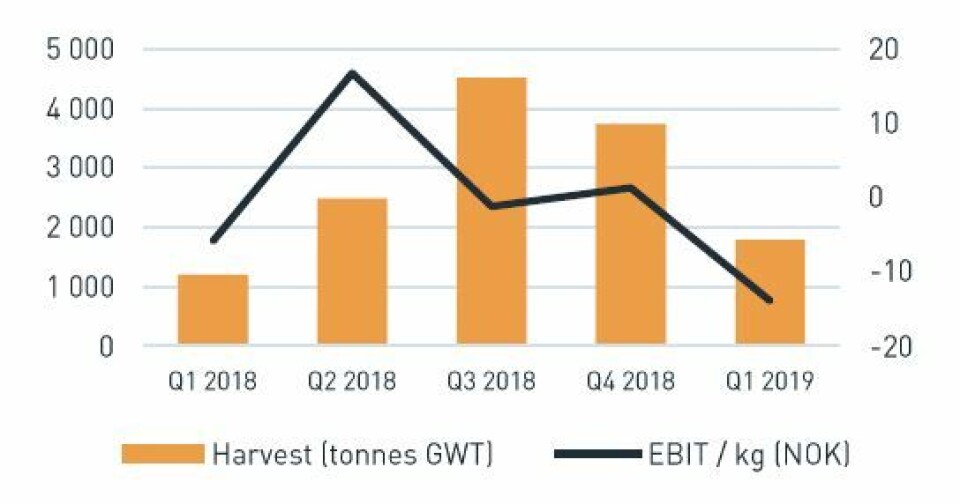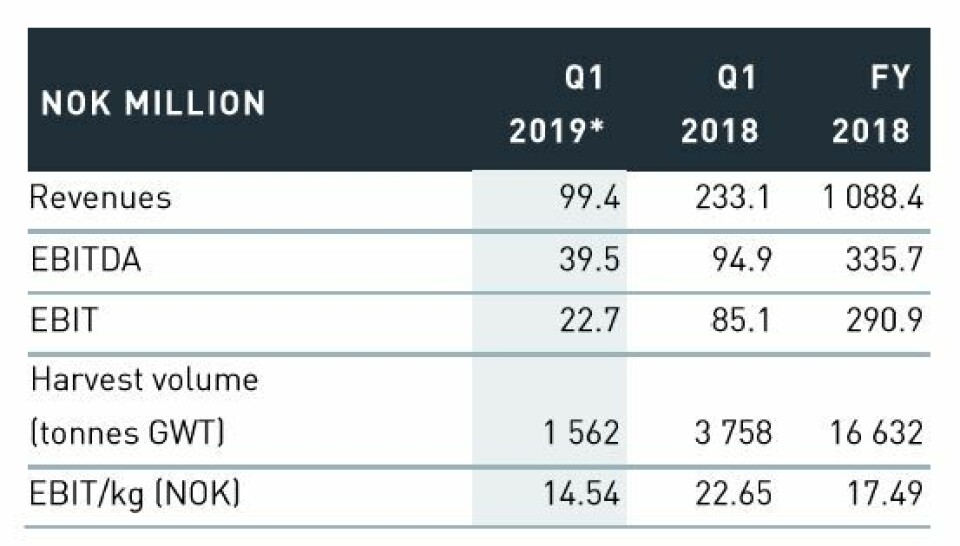
Grieg harvest and earnings up but Shetland struggles
Salmon farmer Grieg Seafood has reported positive results for the first quarter of 2019, with a harvest volume of 14,800 tonnes – up 30% compared to the same period last year – and operating profit (EBIT) of NOK267 million (£23.6m), up from NOK162m in Q1 2018.
The news was more mixed for Grieg Seafood Shetland (GSS), which increased its harvest by 49% to 1,788 tonnes in Q1 2019 compared to the same period in 2018 but made a loss of NOK24.9 million (£2.2m) because of reduced survival caused by gill-related diseases and winter ulcers.
In its Q1 2019 report, Norwegian-owned Grieg Seafood said the Shetland operation’s in-sea survival rate of 85% for the last 12 months had been affected by challenges in 2018.

Superior quality
That led to a write-down of NOK25m in Q1 as part of the company’s policy of recognising extraordinary mortality in its accounts.
Despite the challenges related to gill disease last year, Grieg said that 95% of the fish harvested in Shetland in Q1 had been of superior quality and had a good average weight.

It added that GSS had implemented routines and systems for the monitoring and control of algae-related issues and sea lice, including aeration systems, cleaner fish, lice skirts and freshwater treatments.
The sea lice level was high in Q1 and lice treatments were carried out.
GSS was also focusing on improving smolt quality and plans to reach an annual harvest target of 17,000 tonnes at a cost of NOK43 per kg in 2020. It is expected to harvest 12,000 tonnes this year.
96% survival
Grieg Seafood’s two Norwegian production areas of Rogaland and Finnmark performed best, with Rogaland harvesting 5,731 gutted weight tonnes of salmon, more than twice the 2,295 gwt harvested in Q1 2018.
EBIT from Rogaland was NOK145m (Q1 2018: NOK27.4m), EBIT/kg was NOK25.31 (NOK11.94) and the survival rate was 92%.
Grieg Seafood Finnmark harvested 5,720 gwt (4,179 gwt). EBIT was NOK143 (NOK60.4), EBIT/kg was NOK25.01 (NOK14.47) and the survival rate was 96%.

Bacterial problems in Canada
In Canada, Grieg Seafood British Columbia harvested 1,562 gwt. This was lower than the 3,758 gwt harvested in Q1 2018 due to cyclical nature of utilising farms but was in line with Grieg’s production plan.
Challenges with bacertial diseases – yellow mouth, SRS and furunculosis – reduced the survival rate to 87% and pushed up costs.
EBIT was NOK22.7m (NOK85.1m) and EBIT/kg dropped to NOK14.54 (NOK22.65).
Chief executive Andreas Kvame said: “Our strong performance is a result of our skilled employees’ dedication to our strategic focus areas - large smolt, digitalisation, biosecurity and fish welfare and operational expansion.
“We are still in the early stages in executing on our priorities and we expect continued growth and operational improvements going forward.
“We remain confident in our 2020 target of 100,000 tonnes harvest with cost at or below industry average.”
Grieg Seafood expects to harvest approximately 82,000 tonnes in 2019. The expected harvest volume for Q2 2019 is 21,000 tonnes, comprised of:
- Rogaland: 7,700 tonnes
- Finnmark: 5,500 tonnes
- Shetland: 3,100 tonnes
- British Columbia: 4,700 tonnes























































